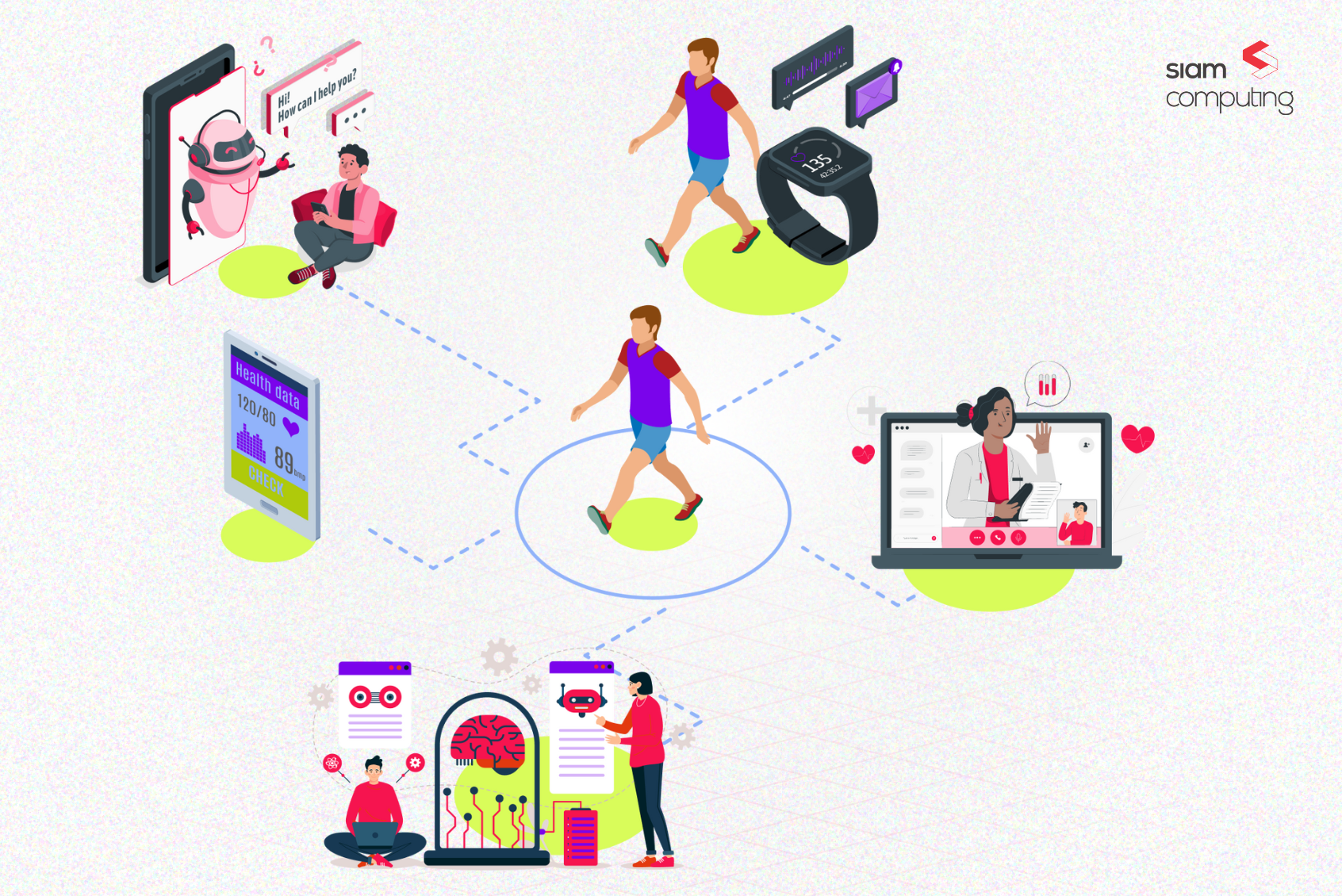When talking about problem-solving, people usually mention about the centrality of ensuring that the right problem was targeted and then explore in all its dimensions amongst multiple people and stakeholders. In this blog, we explore ‘who’ these stakeholders are and how entrepreneurs must ensure that they craft their product, service and communications after understanding these stakeholders.
“Creating personas will help you to understand your users’ needs, experiences, behaviours and goals. Creating personas can help you step out of yourself. It can help you to recognise that different people have different needs and expectations, and it can also help you to identify with the user you’re designing for. Personas make the design task at hand less complex, they guide your ideation processes, and they can help you to achieve the goal of creating a good user experience for your target user group.
– Interaction Design Foundation
What is a persona?
According to Mirriam Websters, a persona is : an individual’s social facade or front that especially in the analytic psychology of C. G. Jung reflects the role in life the individual is playing
A persona is the sum total of the data that the entrepreneur is able to research and tabulate about the beliefs, attitudes, goals, personality and demographic makeup of specific individuals that he would like to target for the purpose of adding value to his business.
Personas are fictional characters. The fictional characters could be any of the following people:
- Customers (past, current and future)
- Investors
- Employees
Why are we talking about personas?
The base on which the entire exercise of personas is based upon is the fundamental assumption that ultimately, the product or service that the entrepreneur is crafting would have to begin interacting with the human side of the market. For instance, the entrepreneur would have to sell the idea first to people on his team as he seeks to expand his team, then to investors as he seeks funding for his idea and then to customers when the product is getting ready. While engaged in this process, he would also come in contact with people with other skills, motivations and inputs that he may require to see his idea to fruition.
Talking to people to sell them the vision makes up a large part of the day in the life of an entrepreneur. It would help if he knows who he is speaking to and how best to craft his communication so as to ensure maximum buy-in and support from them.
Creating personas helps simplify the process of ideation of both the product as well as the processes and communications that would be needed to reach out to the target audience.
How does one create a persona?
The goal is to create a work product that explains to the viewer, in as much detail, the demographic, socio-economic and cultural background of the target, as well as the motivators, demotivators. It would also be worthwhile to understand how the product or service being launched will help the final user whose persona is being detailed – how will it help the customer achieve the desired end state that he favours, based on the use of our product or service.
Step 1
Research your real users through user interviews. Start with 4 personas that you will exhaustively research, each based on a distinct target audience persona.
Step 2
Collate your user interview findings into notes based on what people are thinking, saying, feeling and doing
- Long-form text
- Bullet points
- Images and mood boards
Step 3
Look for patterns in the data – overlaps, differences and similarities. Collate these and link the personas from the cohort together
Step 4
Create the actual persona based on the findings of the research
The finished product would encapsulate the findings of the research and should provide a set of starting points for the entrepreneur to start his journey of understanding how he is going to target the persona with his product or service.
At every step of the way, it helps to validate the thoughts and characteristics of the persona with others. They may be colleagues or mentors or even friends. The objective is to ensure that at the end of the validation exercise, there is simply no doubt in the minds of the entrepreneur and his team about the authenticity and trustworthiness of the personas they have identified.
Some people believe that creating personas is an iterative process. We agree. However, we also believe that the closer the persona matches the target audience the very beginning, the less rework and redesign there will be during the process of solution-ing. The last thing an entrepreneur needs to are his customers and target personas becoming moving goalposts at frequent intervals!
Let us know if you found this article interesting. We’d love to know your thoughts about how we could make our blogs better and more informative. Please, leave your comments in the section below.
This insightful blog post from Siam Computing walks you through the best product development practices. Subscribe to our newsletters and stay updated.








